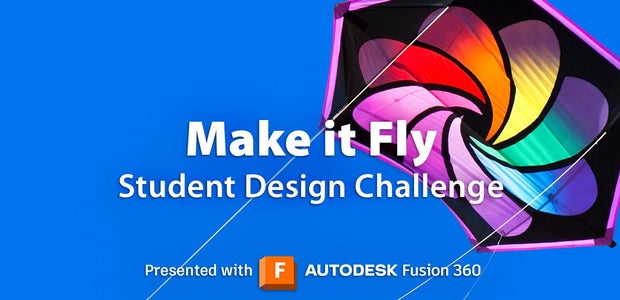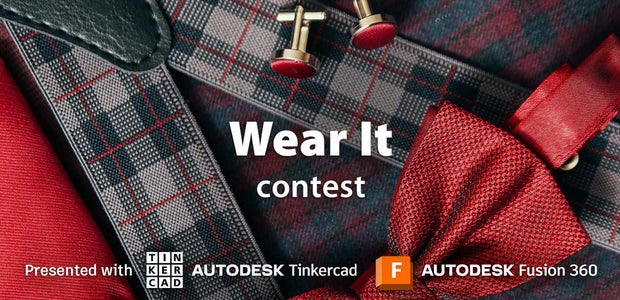Introduction: Meta Quest Pro Ears (Use for the Partial Light Blockers)
Meta’s new Quest Pro include these “partial light blockers” for a more “immersive experience” They attach magnetically and do exactly what their name suggests… but when they’re not in use, they just lay on my desk.
The other day, their shape gave me an idea… and I just had to try it out.
Supplies
- 3D Printer (Black PLA filament)
- 4x 6mm by 3mm magnets ( Others would definitely work with some modification )
Step 1: Complex Dimensions
The light blockers attach to the headset with complicated curved 3D surfaces. I'm sure there's some way I could have recreated the curves with caliper measurements but I wanted to see if photogrammetry could give me useful results. I scanned the headset and light blocker separately on a patterned cutting board. This ended up being great later, as I could set the scale of the scan from the defined inch grid!
For the light blocker, featureless black surfaces are sometimes difficult to scan. The photogrammetry software has difficulty differentiating the part from its own shadow, so it's beneficial to give the surface a texture/pattern. I sprinkled some cornstarch on one of the light blockers and added two magnets to identify their position. I went around each piece with my Google Pixel 6 Pro and took 100-150 photos. Some time later, the scans came out great! I fixed their scale and rotation in their web app before exporting them as OBJs to use in Blender.
Step 2: Blender Mockup
I cleaned up the scans and mocked up the layout in Blender. With the "ears" in position, I modeled a low poly version of what I imagined the mount would look like.
To match the curve on the light blockers, I set snap to faces and drew out rectangles to rough out the shape of the curve. I used the mirror and solidify modifiers to fill out the model and exported it as an STL.
Step 3: Surface Modeling in Fusion 360
I probably could have done this next part in Blender, but wanted to try out the Fusion 360 workflow.
I brought the jagged Blender model into Fusion and scaled it to the right size. I dove into form / surface modeling and struggled for a while. The goal was to make a simpler / more manipulable representation of the Blender model... and I eventually got there.
This tutorial by "Learn Everything About Design" really helped me wrap my head around the process!
Step 4: Assembly / Result
It prints without support, with the pointy ends pointing up. I'd been toying with some settings on my printer so it printed a little rough, but the very first print worked after a little cleanup!
I had to drill out the holes for the magnets a bit, and super glue them into place. I had some layers separate when I pressed the magnets into place but I just loosened up the fit with a drill bit and glued the layers back together.
It fits onto the headset with a satisfying SNAP and the light blockers fit the curves better than I could have hoped for! The magnets are aligned well enough that I can even toss them onto the mount and they'll align themselves.
I updated the model since I printed mine to smooth some sections and add cutouts around the power/volume buttons.
STL is available on Printables.
If you do end up making this, please share pictures! Would love to see other people trying it out 🙌















Comments